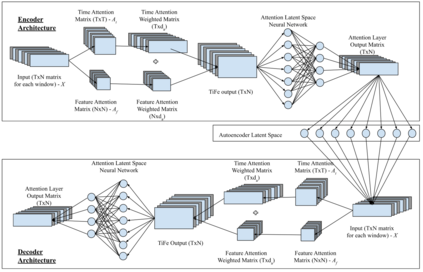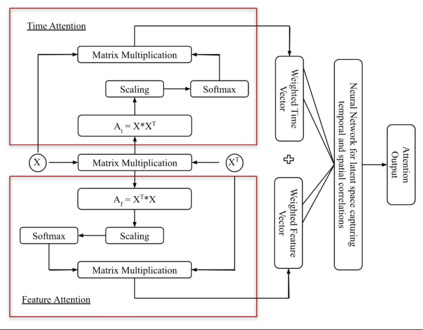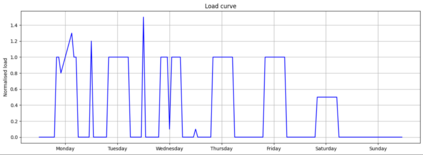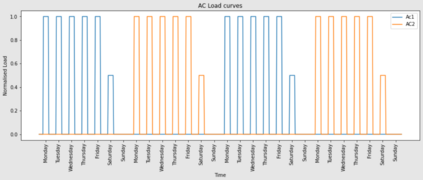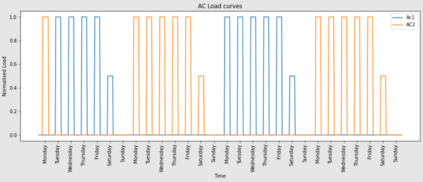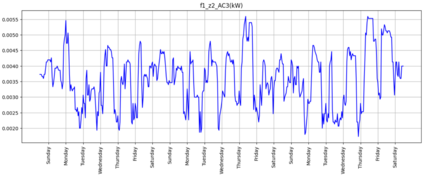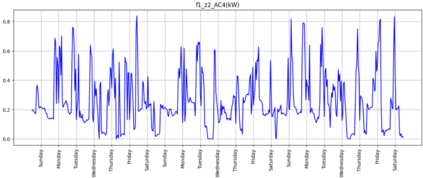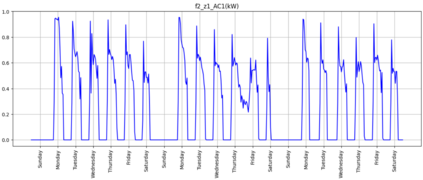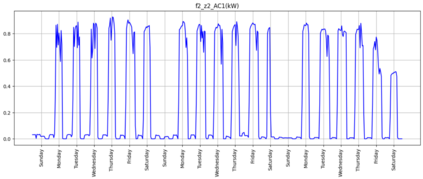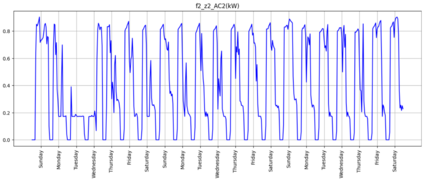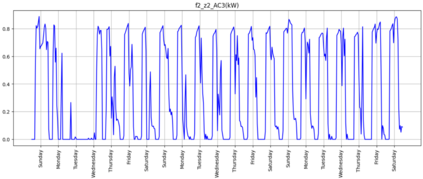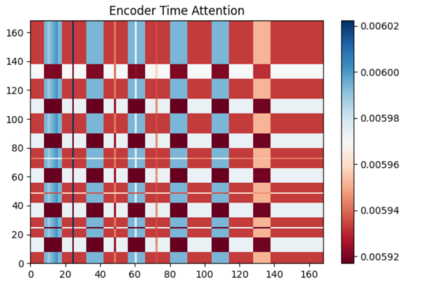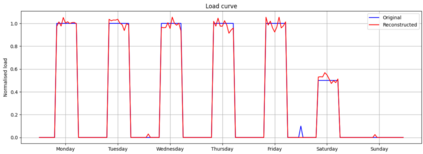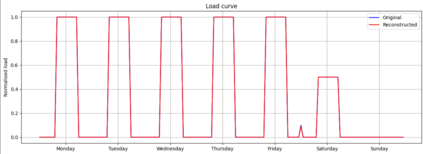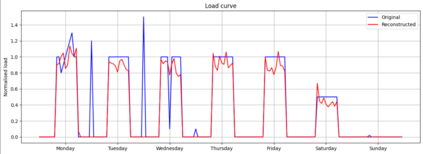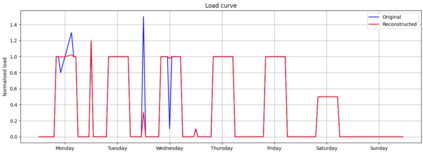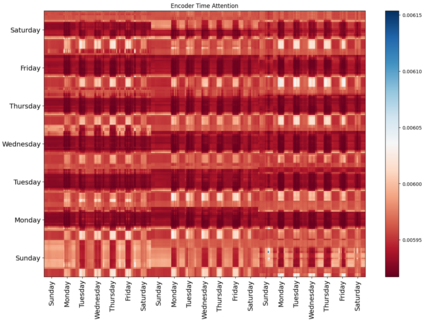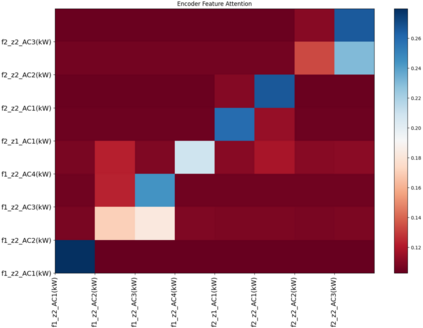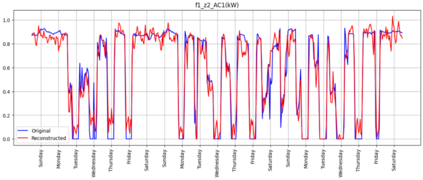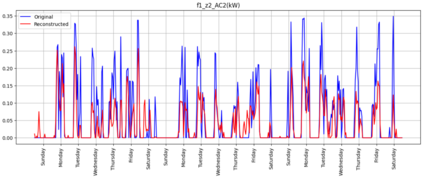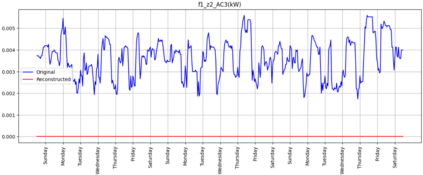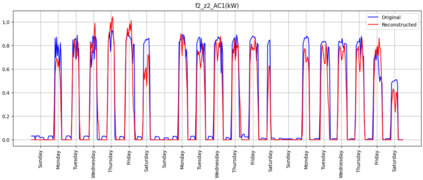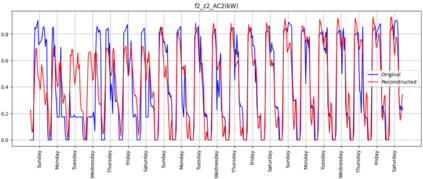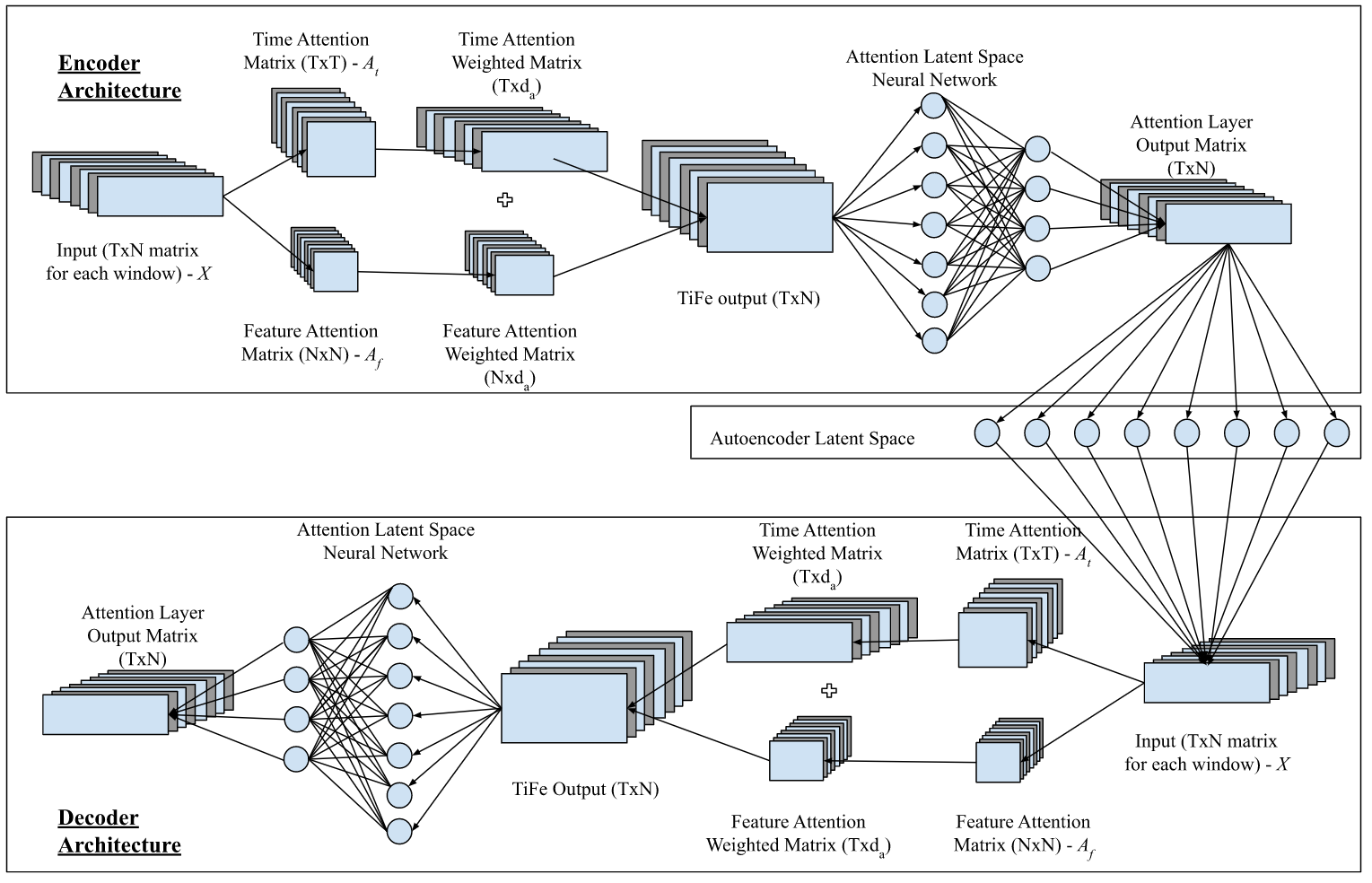Leveraging data collected from smart meters in buildings can aid in developing policies towards energy conservation. Significant energy savings could be realised if deviations in the building operating conditions are detected early, and appropriate measures are taken. Towards this end, machine learning techniques can be used to automate the discovery of these abnormal patterns in the collected data. Current methods in anomaly detection rely on an underlying model to capture the usual or acceptable operating behaviour. In this paper, we propose a novel attention mechanism to model the consumption behaviour of a building and demonstrate the effectiveness of the model in capturing the relations using sample case studies. A real-world dataset is modelled using the proposed architecture, and the results are presented. A visualisation approach towards understanding the relations captured by the model is also presented.
翻译:利用从建筑物智能电表收集的数据可以帮助制定节能政策。如果及早检测到建筑操作条件的偏差并采取适当的措施,可以实现显著的节能效果。为此,可以利用机器学习技术自动发现这些数据中的异常模式。当前的异常检测方法依赖于捕获通常或可接受的操作行为的基本模型。在本文中,我们提出了一种新颖的注意力机制来建模建筑物的能耗行为,并通过示例案例研究展示了该模型捕获关系的有效性。使用所提出的体系结构对真实世界的数据集进行建模,展示了结果。还提供了一种可视化方法来理解模型捕获的关系。

